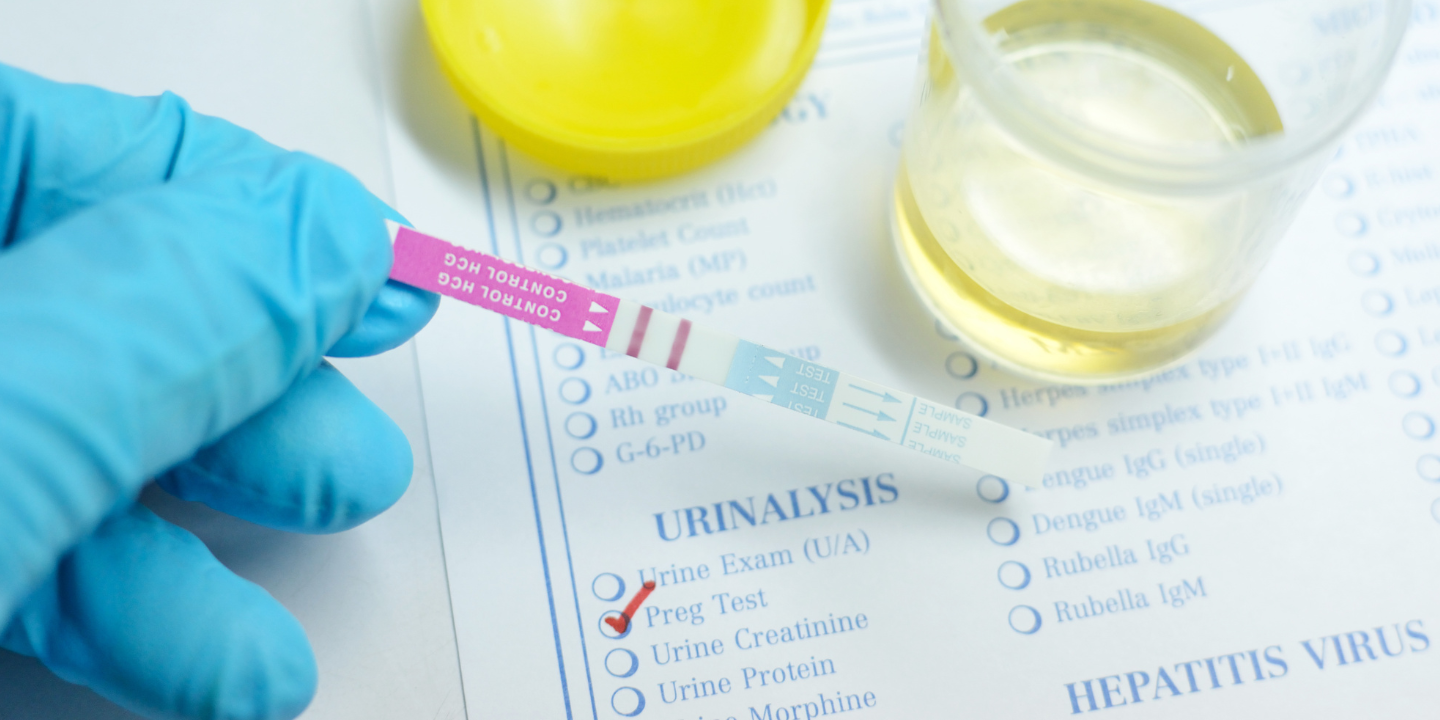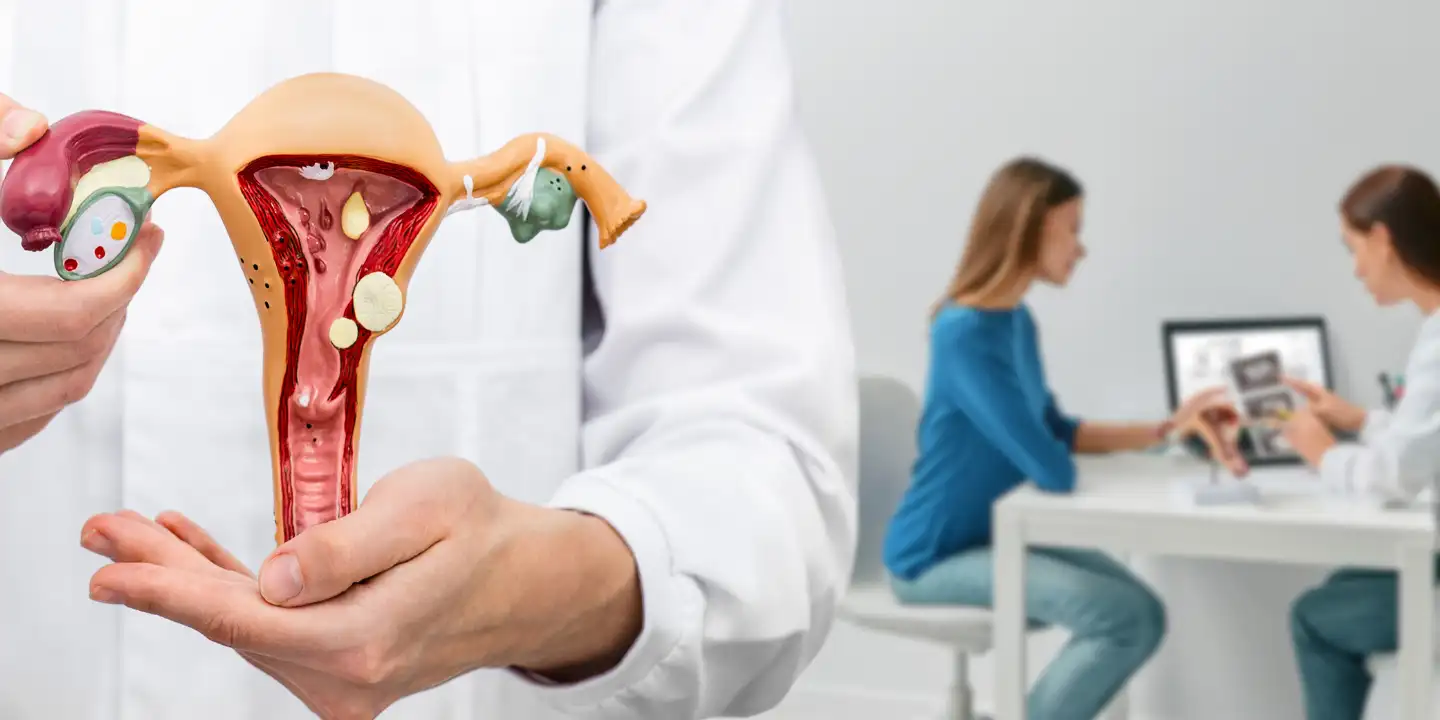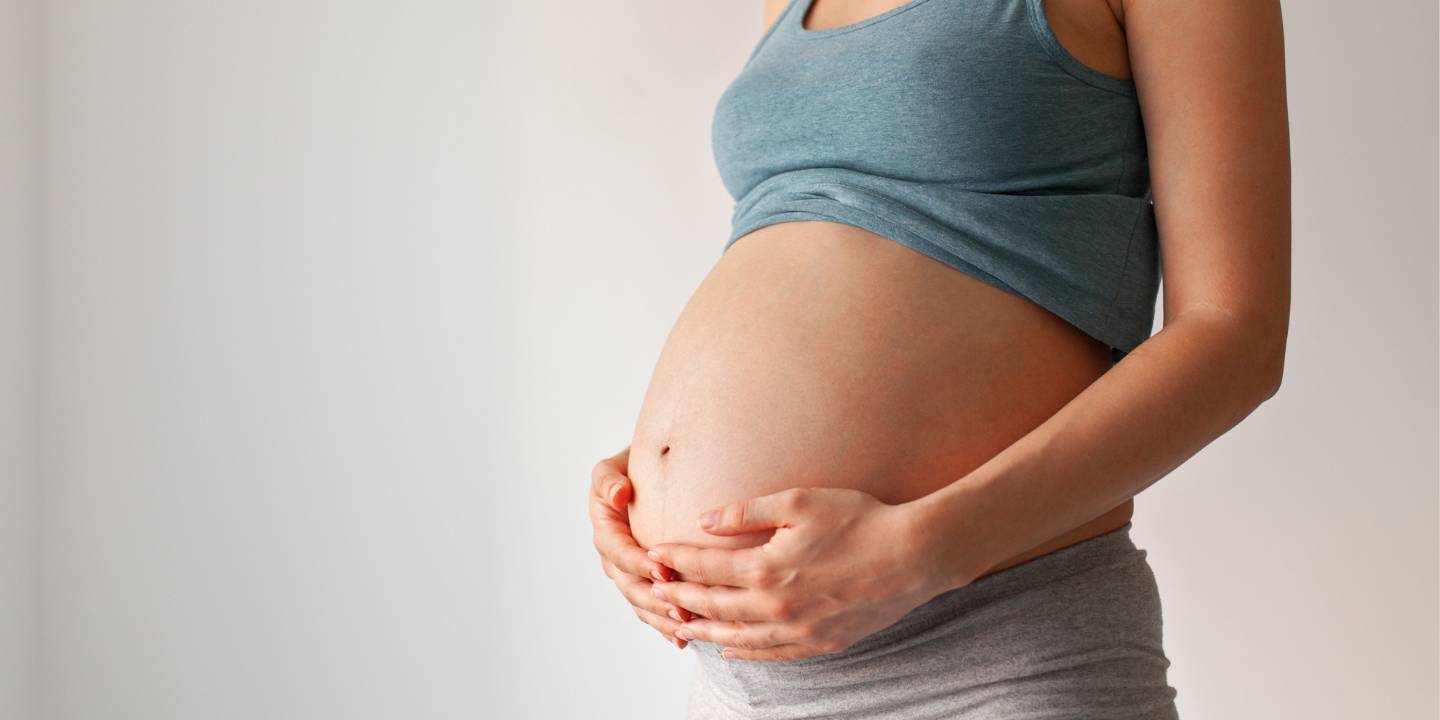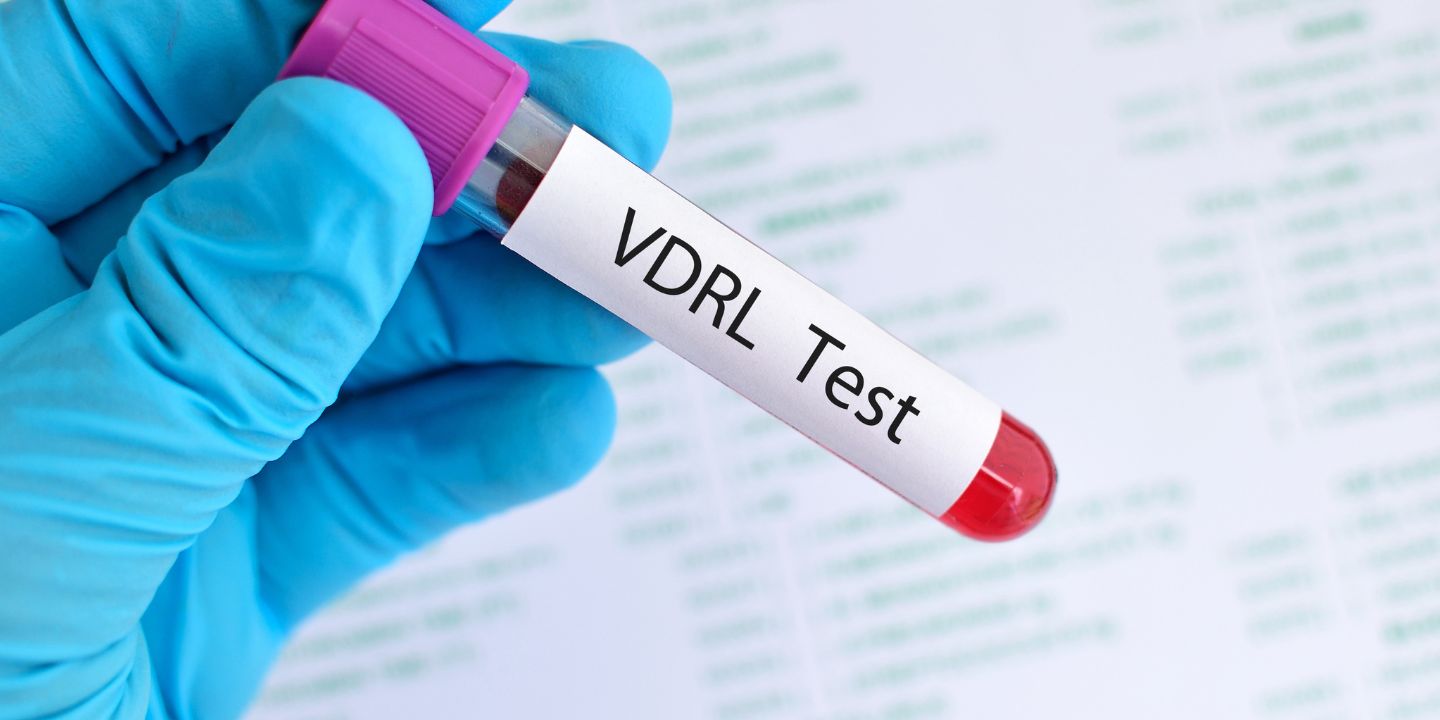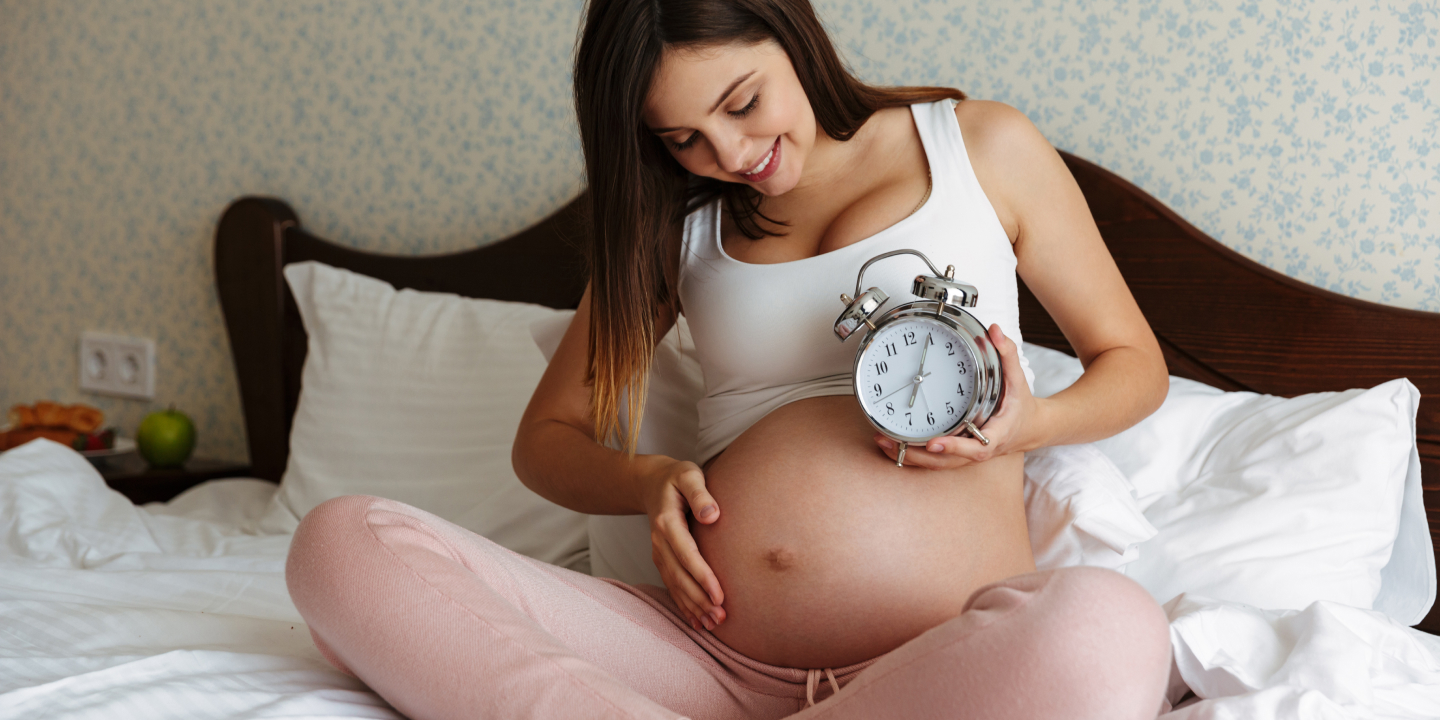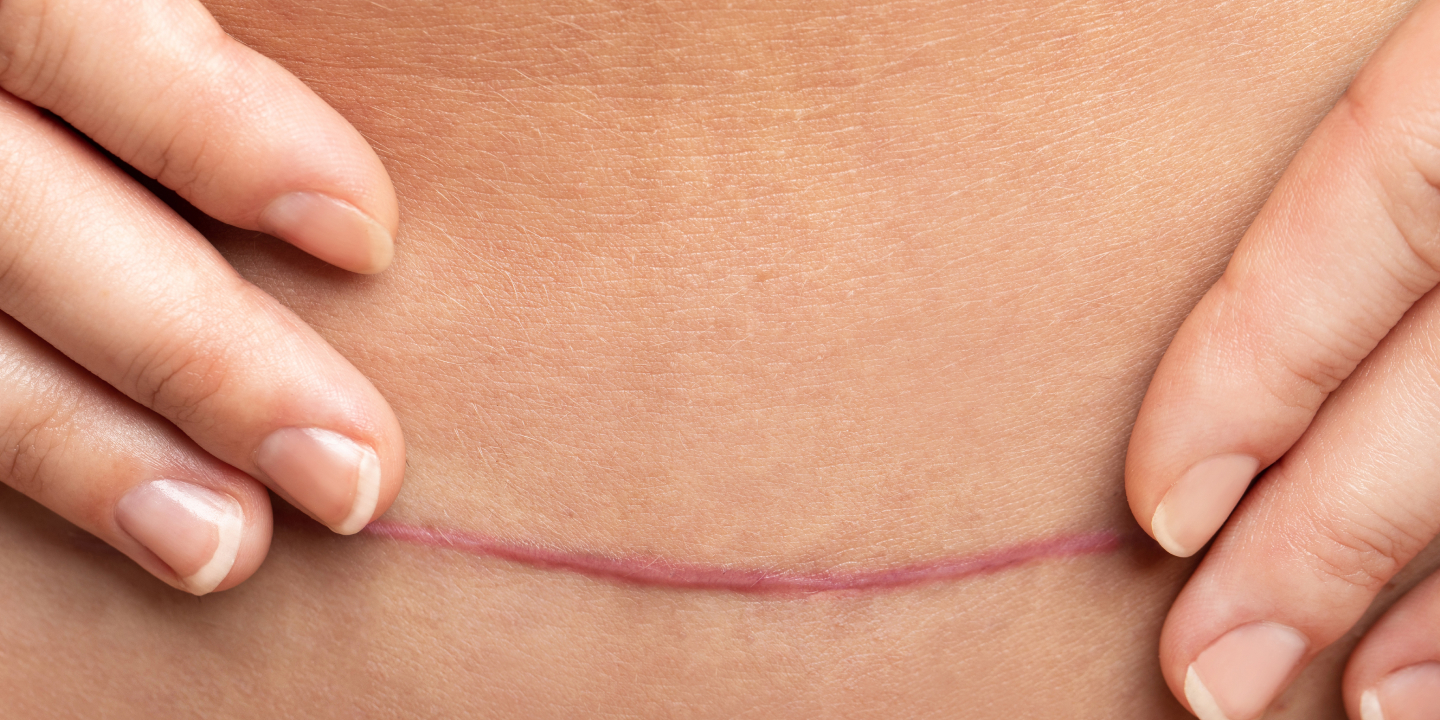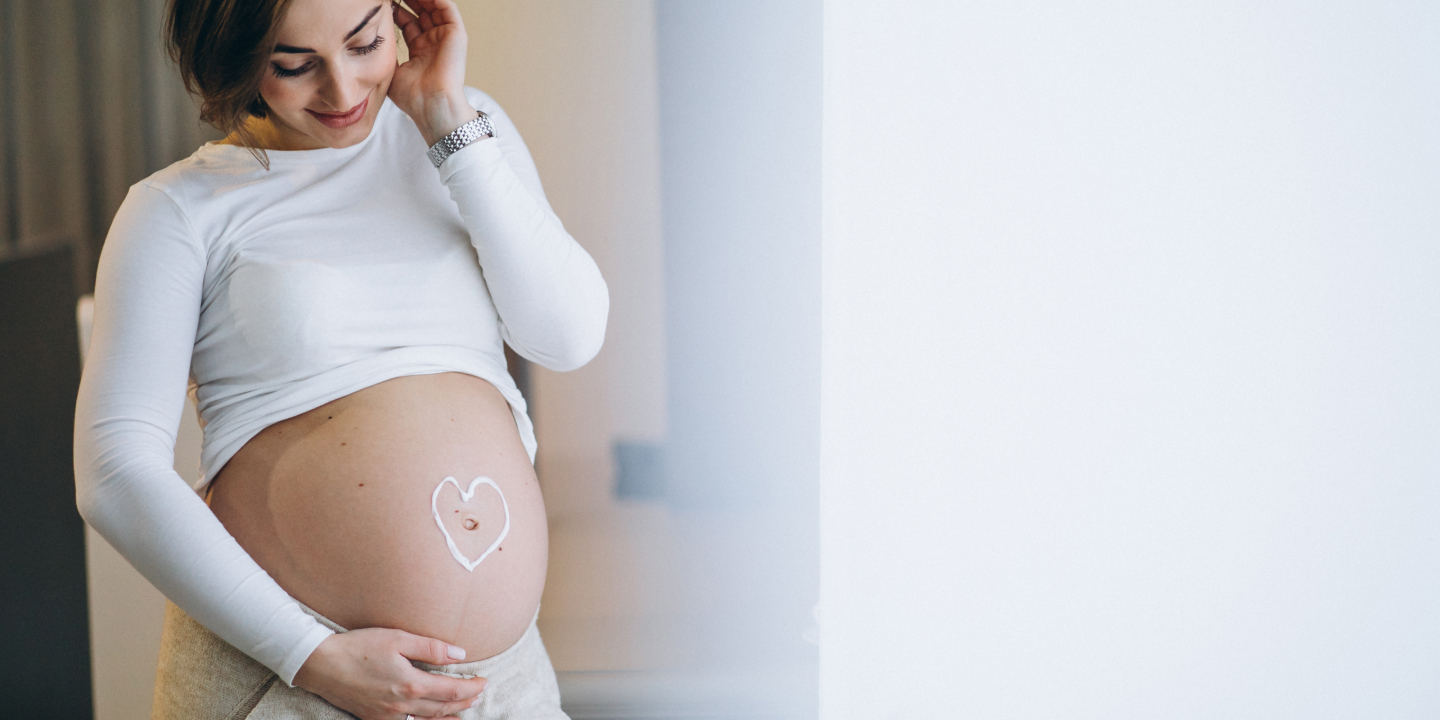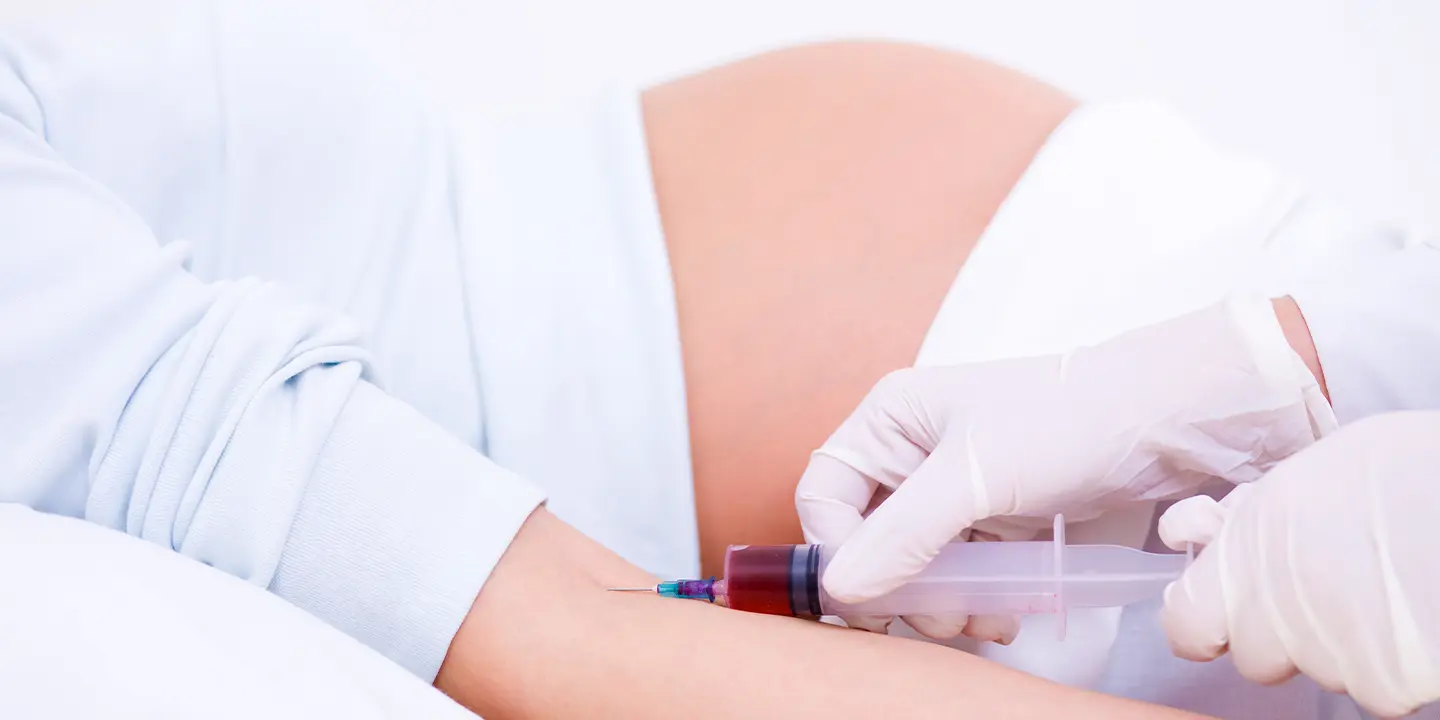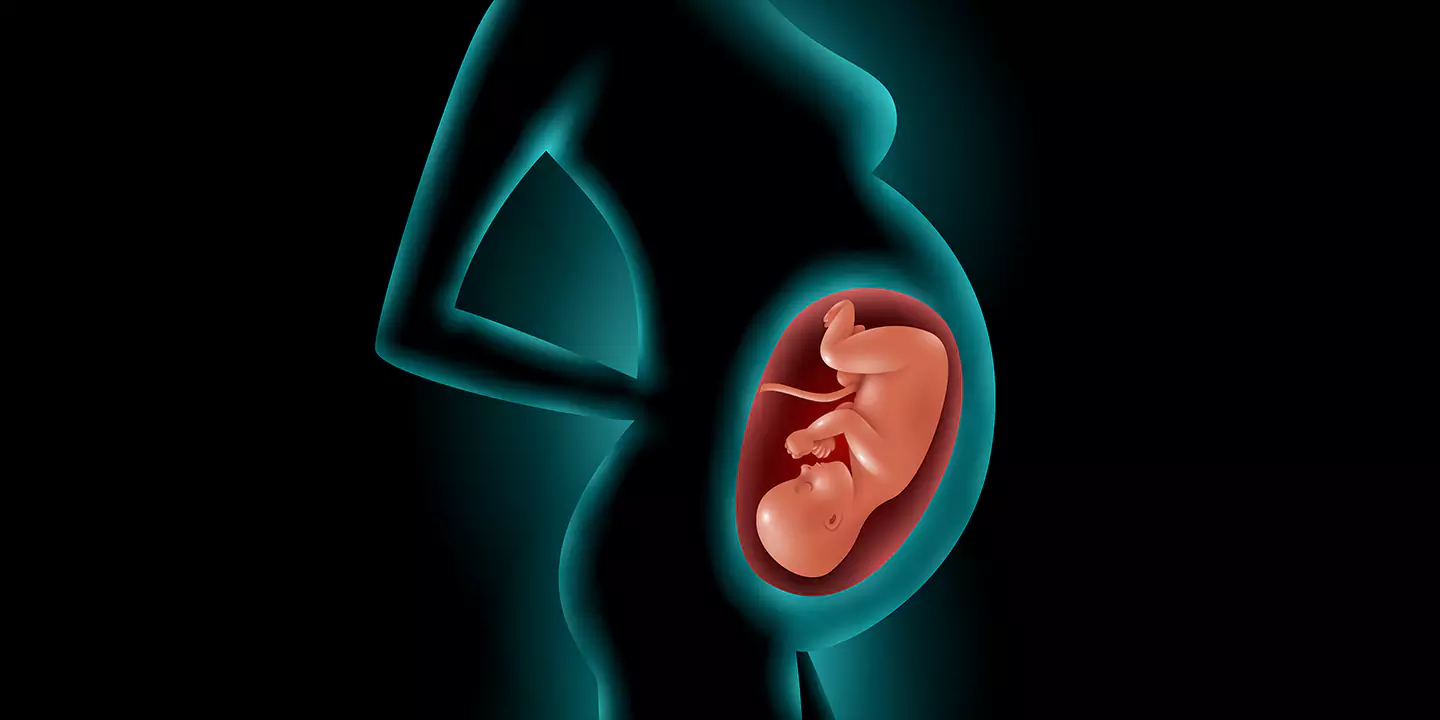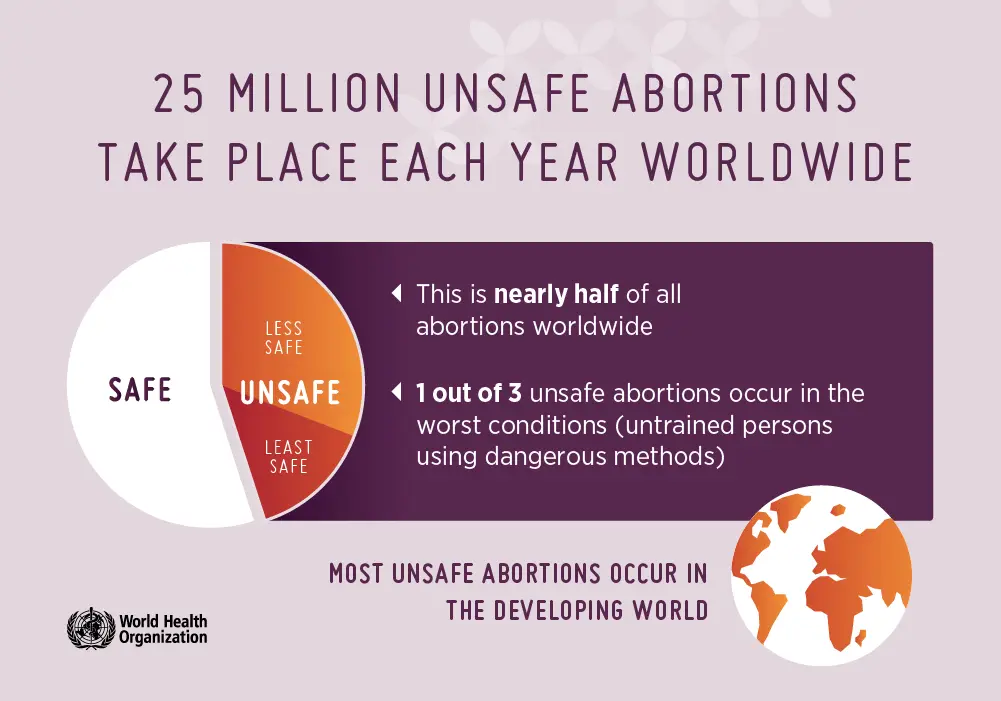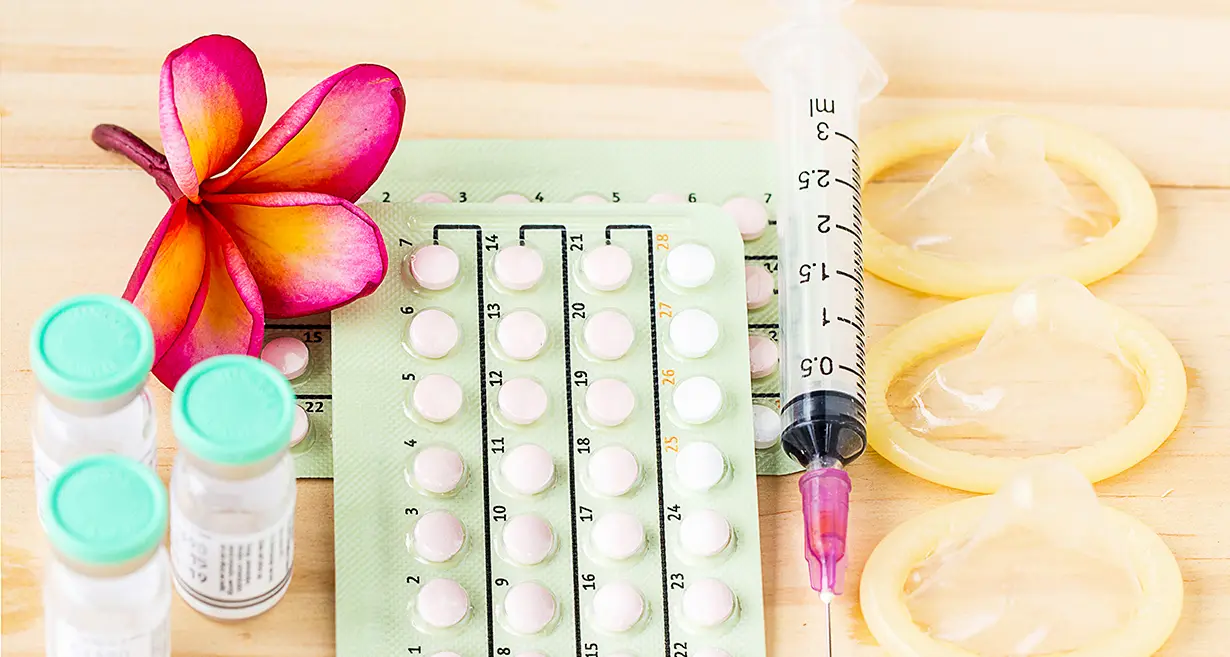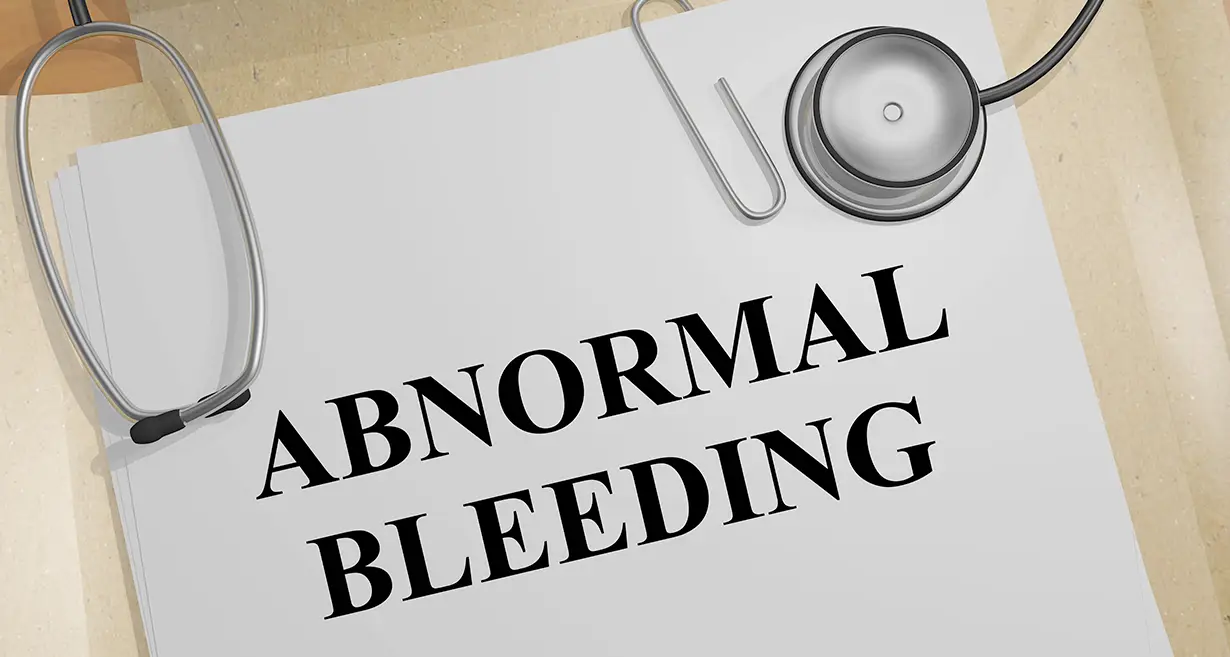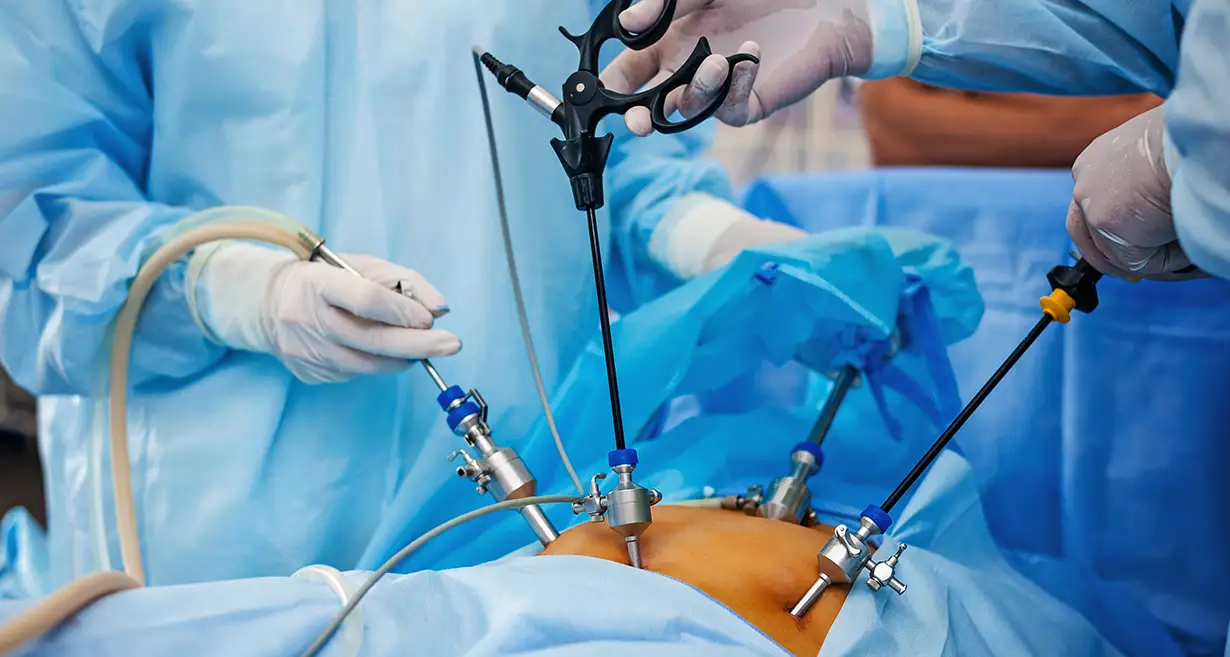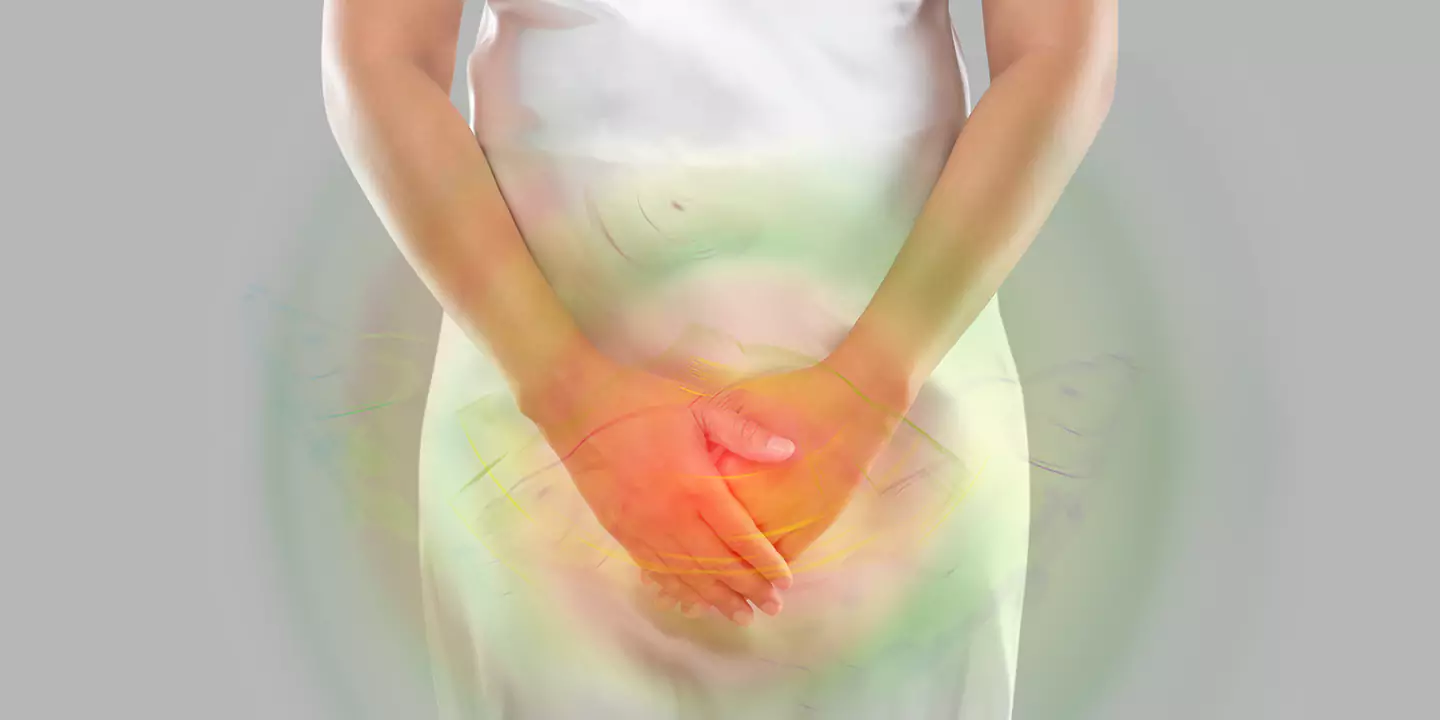
39 weeks pregnant is considered full-term, and for some people, it might be as close to the finish line as one can get. Also in case a C-section delivery is scheduled then 39 weeks is considered as the optimal benchmark for completion of pregnancy. At 39 weeks of pregnancy, you are generally nine months pregnant, and your baby’s size is about the same as a mini watermelon. However, women in week 39 wait for labor to begin spontaneously as long as their baby and you are healthy. Whether you give birth this week or next week, your baby at 39 weeks is fully developed, and pregnancy is almost done. During this time, while you prepare mentally, the baby is putting on the finishing touches to face the real world. A final layer of fat develops under their skin for a bit extra warmth and cushioning, and after that, your baby is completely formed and at around 3 kgs more or less birth weight. In this phase, the baby is still stretching and wriggling regularly despite the lack of room, and it is vital to notice these movements and call your gynecologist if these movements seem to have lessened.
In this Article
What happens to your body when you are 39 weeks pregnant?
There is no specific signal about the labor timings, but you will definitely know when the baby is ready to come. In some cases, women may also experience false labor pains, termed as Braxton Hicks contractions , because of the tightening and relaxing of the uterine muscles. You may experience backache, ache, nausea, water breaking, and contractions to seal the deal. You must know that if this is your first pregnancy, babies do not come out so quickly and you have ample time to reach the hospital. The true labor contractions at the 39-week pregnant phase will be steady, in a regular rhythm, and get progressively stronger without easing. They can feel severe period pain. Also, do not worry, as your gynaecologist team will be here to help you and your baby get the most positive birth experience.
Related Blog: 38 Weeks Pregnant: Symptoms, Tips, and Baby Development
39 weeks pregnant symptoms
Now, in these final few days of your pregnancy, you will probably feel longer than the past nine months. 39 weeks pregnant symptoms should be clear in everybody’s mind to get well prepared in advance. At this time, you will be feeling anxious about the birth or worried that your pregnancy will go beyond the due date or become overdue. Your gynaecologist will induce your labor if this happens and if you haven’t started your labour pains by 41 weeks. So there is no need to worry. Your body is gearing up for labor, and at 39 weeks of pregnancy, you may be experiencing.
- Braxton Hicks contractions
- Change in fetal activity
- Heartburn or indigestion
- Bloody show
- Loss of mucus plug
- Water breaking
- Diarrhea
- Hemorrhoids
- Pelvic pain
- Backaches
- Preeclampsia
- Insomnia
- Fatigue
- Anxiety
- Loss of appetite
At 39 weeks pregnant, You must contact your gynaecologist immediately if you experience vaginal bleeding, severe vomiting, fever, intense heartburn, blurry vision, and a decrease in baby movements. A gynaecologist at Queen’s Gynecology is always ready to help you.
39 weeks pregnant – Baby’s development
At 39 weeks pregnant, your baby or fetus is about 50.7cm long from head to toe, and this is the size of a watermelon. A week before, your baby’s skin was almost transparent, but now a new layer has been developed, which is more solid and protects their internal organs and assists with temperature control. Your baby’s organs are fully developed now, and their skin is becoming thicker. Their lungs are producing more surfactant that keeps their tiny air sacs open and fully ready to come outside your womb. Your baby’s brain is developing at a speed about 30 percent larger than it was in the initial months and will continue to grow at a fast rate until the age of 3.
Related Blog: 37 Week Pregnant: Symptoms, Tips, and Baby Development
39 week pregnant – Important tips
There are many vital tips to follow at 39 weeks pregnant :
- Enjoy your maternity leave, as it is the best time to take care of yourself.
- Start doing pelvic exercises to tone up your pelvic muscles also helps you to prevent leakage while laughing, sneezing, etc,
- Your gynaecologist might also recommend about your ongoing antenatal classes to prepare you for delivery.
- Stop smoking, drinking, and taking caffeine during pregnancy.
- Consider taking vitamin D more because now you may not have enough to make from sunlight.
- As you are now in your third trimester, you need an extra 200 calories daily. You have to eat healthy with plenty of fresh fruit and veggies. Avoiding processed fatty and salty foods is best for you.
- It is also vital to take care of your mental health at this time; if you are worried or anxious, talk to your gynecologist to get the right directions,
- Try 15 to 30 minutes of walking a day, for 4 to 5 days a week, and always listen to your body and keep it safe.
- Sleep on your side (left) in your third trimester for safe delivery, but avoid excessive naps.
- Avoid eating too close to sleeping time, as this can contribute to heartburn.
- Avoid screen time before bedtime.
Related Blog: 8 Surprising Things Unborn Babies Usually Do In The Womb
Takeaway
At 39 weeks, your baby should be fully developed but still growing and maturing in preparation for birth. You may feel that your baby’s movements have changed as they may be less frequent due to lack of space in the womb. Don’t worry, this is normal. Instead, you should check for a consistent pattern of movement instead of checking the intensity of movement. At this stage, you will have to be more cautious about the signs of labor. Do discuss with your gynecologist . Expert gynecologist at Queen’s Gynecology is there for you to help you and to take care of you. It is among the best maternity clinics in South Delhi, providing all maternity services at an affordable rate.
| Week | Pregnancy Symptoms | Tips and Advice | Baby Development |
|---|---|---|---|
| Week 1 | – Missed period | – Take a home pregnancy test | – Fertilization occurs |
| Week 2 | – Tender breasts | – Begin taking prenatal vitamins | – Blastocyst implants in the uterus |
| Week 3 | – Fatigue | – Schedule your first prenatal visit | – Embryonic development begins |
| Week 4 | – Morning sickness starts | – Avoid alcohol, smoking, and caffeine | – Neural tube forms |
| Week 5 | – Increased urination | – Eat a balanced diet | – Heart starts beating |
| Week 6 | – Mood swings | – Stay hydrated | – Brain and head development |
| Week 7 | – Constipation | – Start gentle exercise | – Limb buds form |
| Week 8 | – Food cravings | – Get plenty of rest | – Webbed fingers and toes develop |
| Week 9 | – Weight gain begins | – Avoid raw or undercooked foods | – Tail disappears, now considered a fetus |
| Week 10 | – Visible baby bump | – Wear comfortable clothing | – Organs continue to develop |
| Week 11 | – Darkened areolas | – Practice relaxation techniques | – Baby can swallow and produce urine |
| Week 12 | – Reduced nausea | – Consider prenatal classes | – Sex organs distinguishable |
| Week 13 | – Increased energy | – Continue regular check-ups | – Baby’s fingerprints form |
| Week 14 | – Less frequent urination | – Plan for maternity leave | – Baby’s facial muscles develop |
| Week 15 | – Quickening (baby moves) | – Do pelvic floor exercises | – Baby can make facial expressions |
| Week 16 | – Round ligament pain | – Stay active with low-impact exercises | – Develops sense of hearing |
| Week 17 | – Nasal congestion | – Consider a prenatal massage | – Baby’s skeleton starts hardening |
| Week 18 | – Belly button changes | – Stay well-hydrated | – Vernix caseosa covers the skin |
| Week 19 | – Braxton Hicks contractions | – Eat small, frequent meals | – Baby’s kicks become stronger |
| 20 | – Leg cramps | – Begin monitoring baby’s movements | – Baby is covered in lanugo (fine hair) |
| Week 21 | – Shortness of breath | – Sleep on your side | – Eyebrows and eyelashes appear |
| Week 22 | – Linea nigra (skin darkens) | – Practice relaxation techniques | – Rapid brain development |
| Week 23 | – Backache | – Consider prenatal yoga or swimming | – Baby can recognize your voice |
| Week 24 | – Swollen ankles | – Elevate feet when sitting or lying | – Lungs continue to mature |
| Week 25 | – Increased appetite | – Continue regular prenatal check-ups | – Baby may respond to loud noises |
| Week 26 | – Heartburn | – Sleep with extra pillows for support | – Eyes open for the first time |
| Week 27 | – Braxton Hicks intensify | – Pack your hospital bag | – Baby can hiccup |
| Week 28 | – Trouble sleeping | – Monitor blood pressure | – Baby’s kicks become more regular |
| Week 29 | – Shortness of breath | – Avoid lifting heavy objects | – Baby’s bones fully developed |
| Week 30 | – Swollen hands | – Stay hydrated and avoid salt | – Baby may be head-down in preparation for birth |
| Week 31 | – Increased vaginal discharge | – Take childbirth classes | – Baby’s immune system develops |
| Week 32 | – Hemorrhoids | – Practice perineal massage | – Baby’s toenails and fingernails grow |
| Week 33 | – Trouble finding a comfortable position to sleep | – Rest and nap when possible | – Baby’s bones start to harden further |
| Week 34 | – Frequent urination | – Prepare for maternity leave | – Baby’s central nervous system matures |
| Week 35 | – Braxton Hicks increase | – Avoid prolonged standing or sitting | – Baby’s skin becomes less wrinkled |
| Week 36 | – Pelvic pressure | – Finalize birth plan | – Baby continues to gain weight |
| Week 37 | – Lightening (baby drops) | – Stay active with walking | – Baby’s head positions for birth |
| Week 38 | – Fatigue increases | – Do pelvic exercises | – Baby’s lungs are fully mature |
| Week 39 | – Cervix effacement | – Rest and conserve energy | – Baby’s immune system continues to develop |
| Week 40 | – Contractions begin | – Monitor contractions | – Baby’s digestive system is ready for breast milk |
| Week 41 | – Dilation of cervix | – Stay calm and patient during labor | – Baby’s head molds to fit through the birth canal |




















